
BLOG
—
Part 108: A New Era for Aerial Survey and Client Solutions
A new FAA rule, Part 108, is about to reshape the way drones can operate in America. The FAA’s Notice of Proposed Rulemaking (NPRM) is the biggest regulatory step for the Unmanned Aircraft Systems (UAS) industry in over a decade. The NPRM introduces proposed rules for two new regulations:
- Part 108, which establishes rules for operating beyond visual line of sight (BVLOS).
- Part 146, a new pathway for the certification and oversight of entities that provide automated data services for safety functions that support BVLOS, like strategic airspace deconfliction.
This post will focus on Part 108 and its implications for the aviation community and UAS teams.
How Part 108 Differs from Part 107
Unlike Part 107, which limits UAS flights to visual line of sight (VLOS) unless a waiver is granted, Part 108 is designed to enable routine BVLOS operations. The rule introduces new roles—Operations Supervisors and Flight Coordinators — replacing the traditional Remote Pilot designation, reflecting the FAA’s recognition of increasing automation in UAS operations, particularly in industries like package delivery. Part 108 shifts the operational model from “human in the loop” to “human on the loop,” allowing drones to operate largely autonomously while humans oversee and intervene remotely only when necessary. Wings Remote Operations Center, pictured below, is an example of what BVLOS operations could look like in a package delivery setting.
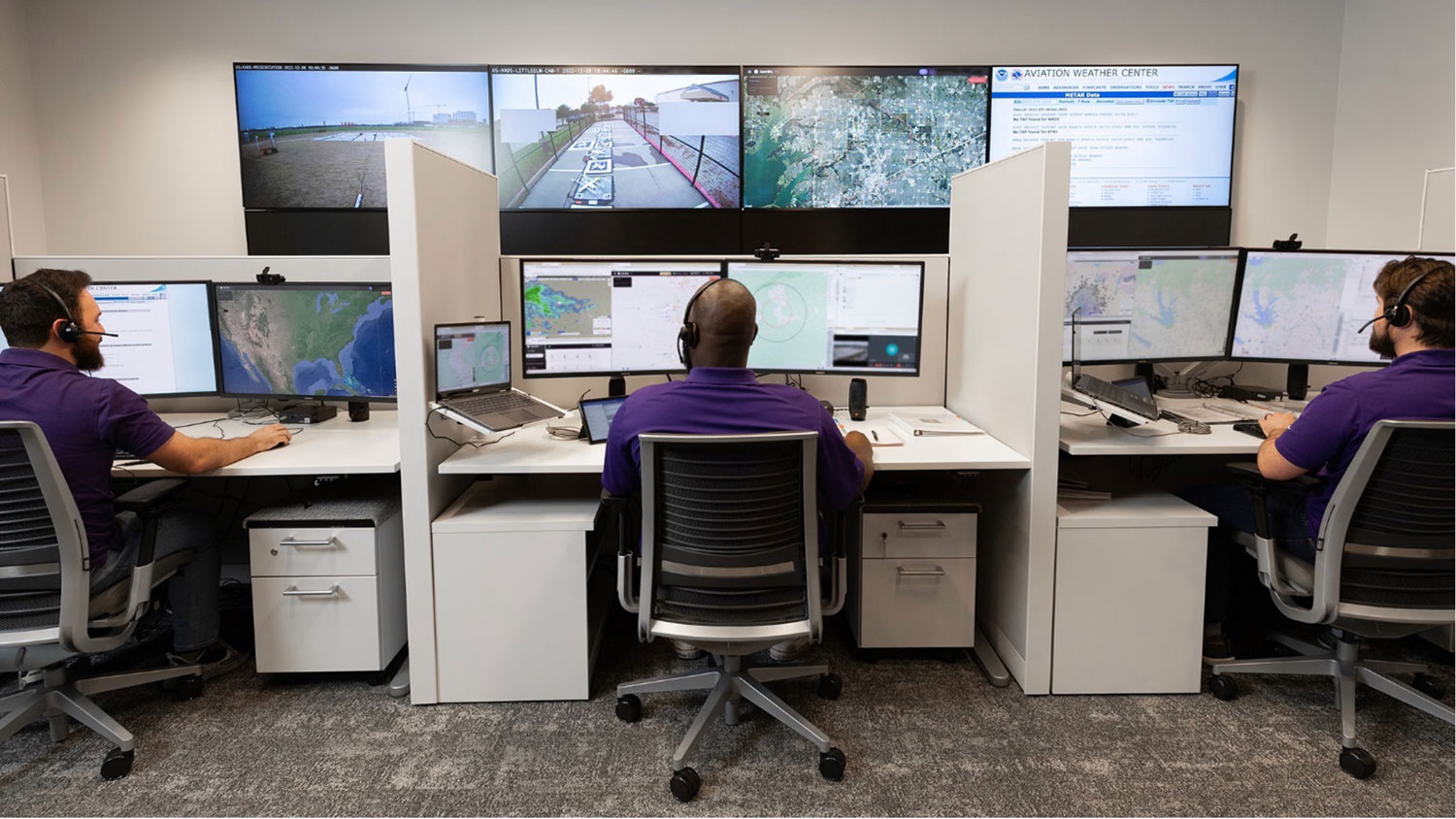
Source: Wing (2022)
The role changes also shift the liability from personal liability on behalf of the pilot to company liability. Instead of individual pilots being certificated by the FAA as in Part 107, companies will manage the training of their staff, ensuring they learn the criteria outlined in Part 108.
The new rules also allow for significantly heavier drones, up to 1,320 pounds, compared with the 55-pound limit under Part 107, expanding payload capacity and mission flexibility. For permitted operations in shielded areas — such as near infrastructure where traditional manned aircraft do not typically operate — drones now have priority right of way. Perhaps most impactful, Part 108 allows operators to manage fleets of highly automated drones flying BVLOS across larger areas and in synchronization with one another, rather than relying on a single pilot manually controlling one drone at a time. These changes represent a fundamental shift in how drones can be deployed, moving from small-scale, manual operations to large-scale, automated missions capable of handling a wide variety of missions without constant human manipulation.
Historically, the drone industry has focused on developing aircraft under 55 pounds to comply with the limitations of Part 107. This weight cap shaped the market, favoring lightweight platforms with constrained payload capacity and endurance. With Part 108 raising the allowable weight to 1,320 pounds, there will likely be a significant expansion of available drone platforms. This change will open the door to larger, more capable sensors and payloads, greater mission duration, and integrated systems that were previously impractical under Part 107.
It is important to note that Part 108 does not replace Part 107, so operations can continue under the existing Part 107 framework.
Part 108 Framework Explained
Part 108 introduces two distinct operational pathways:
- Permitted Operations
- Certificated Operations
Permitted operations are designed for lower-risk missions and offer a streamlined approval process. This pathway includes activities like training, flight demonstrations, package delivery, agriculture, aerial surveying, civic functions, and recreational use — typically in areas with low population density to minimize ground risk. Each permit is tied to a specific category, and operators are expected to stay within those bounds. Operational limits under the permit framework are designed to reflect the reduced risk profile. For example, package delivery missions may involve up to 100 drones, while categories like agriculture, surveying, and civic interest are capped at 25 active aircraft. Recreational use is limited to a single drone. Testing activities are exempt from aircraft caps but must be conducted in sparsely populated areas.
For organizations aiming to scale up or operate in more densely populated environments, the certificate pathway offers broader capabilities but with increased regulatory scrutiny. Certificates are available for package delivery, agriculture, aerial surveying, and civic interest missions. These operations are considered higher-risk and therefore require more robust safety protocols, including formal training programs, Safety Management Systems, hazardous materials handling, and detailed equipment procedures.
Aerial survey missions are supported under both pathways, but with different constraints. Under the permitted category, operators are limited to 25 active aircraft, a maximum takeoff weight of 110 pounds, and flights restricted to areas with Category 3 or lower population densities. Certificated operations allow for the full 1,320-pound limit and flights over Category 4 or lower population densities, while maintaining the same 25-aircraft cap. Additional personnel requirements also apply, including TSA background checks, crew duty time limits, and mandatory rest periods. Whether a company opts for a permit or a certificate will depend on the nature of their operations and the environments in which they intend to fly.
What is Enabling BVLOS?
As mentioned previously, Part 108 leans into the general trend of autonomy moving from “human in the loop” to “human on the loop”. This next evolution of autonomy will require operators to manage multiple drones flying across larger areas. Consequently, aircraft will need a Simplified User Interface (SUI). An SUI helps reduce the flight coordinator’s cognitive load by requiring minimal input for the aircraft to operate.
Additionally, all drones flying in Class B or C airspace operating under Part 108 will need onboard Detect-And-Avoid (DAA) systems to autonomously deconflict from other aircraft, making mitigation decisions without sole reliance on the human operator. For Part 108 operations outside of Class B and C, operators may employ ground-based radar as a means of DAA if DAA is not available onboard the aircraft. AFRL’s Skyvision bus is an example of ground-based DAA utilized at the National Advanced Air Mobility Center for Excellence.
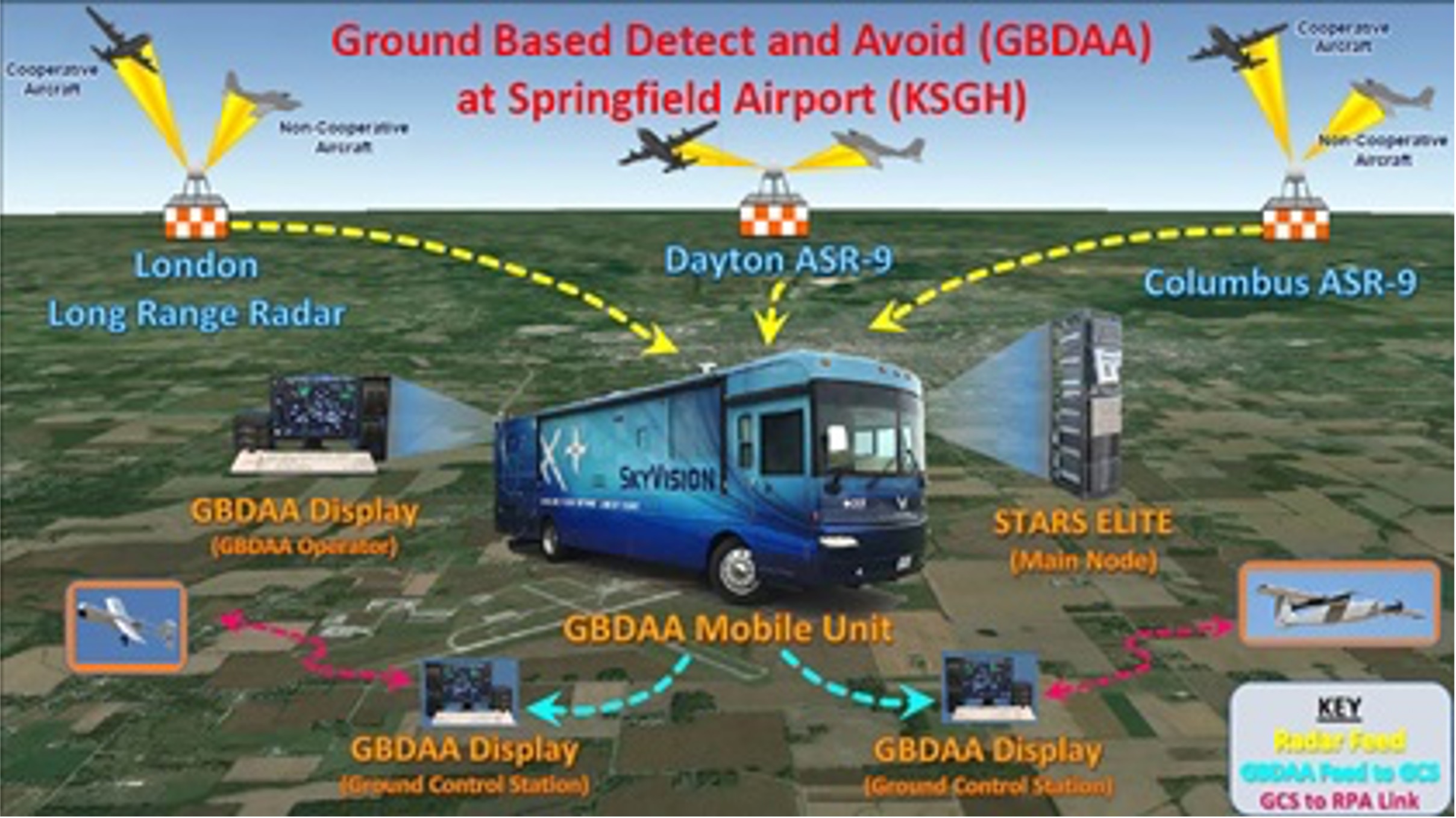
Source: AFRL (2019)
SUI and DAA systems are central to enabling BVLOS operations. However, additional safety layers are required — though these are not as prescriptive as previous FAA rules for aircraft airworthiness certification. To accommodate this shift, the FAA is adopting performance-based requirements, similar to those used in the Electric Vertical Take-Off and Landing (eVTOL) space. Under Part 108, UAS Original Equipment Manufacturers (OEMs) must obtain airworthiness acceptance, which is distinct from a traditional airworthiness certificate. To receive this acceptance, manufacturers must submit a Declaration of Compliance to the FAA, confirming that all Part 108 requirements have been met. They must also agree to provide any test, inspection, or flight data upon request for compliance audits. Many of these requirements stem from industry standards. For example, the aircraft separation component of DAA is derived from standards set by ASTM Committee F38 on UAS and Radio Technical Commission for Aeronautics for Airborne Collision Avoidance System. Rather than creating new static rules, the FAA allows these standards to evolve with technology by referencing and updating cited industry standards. Note that this process applies only to uncrewed aircraft without passengers. Uncrewed aircraft that intend to carry passengers, such as Wisk’s eVTOL, must still obtain airworthiness certification under Part 21.
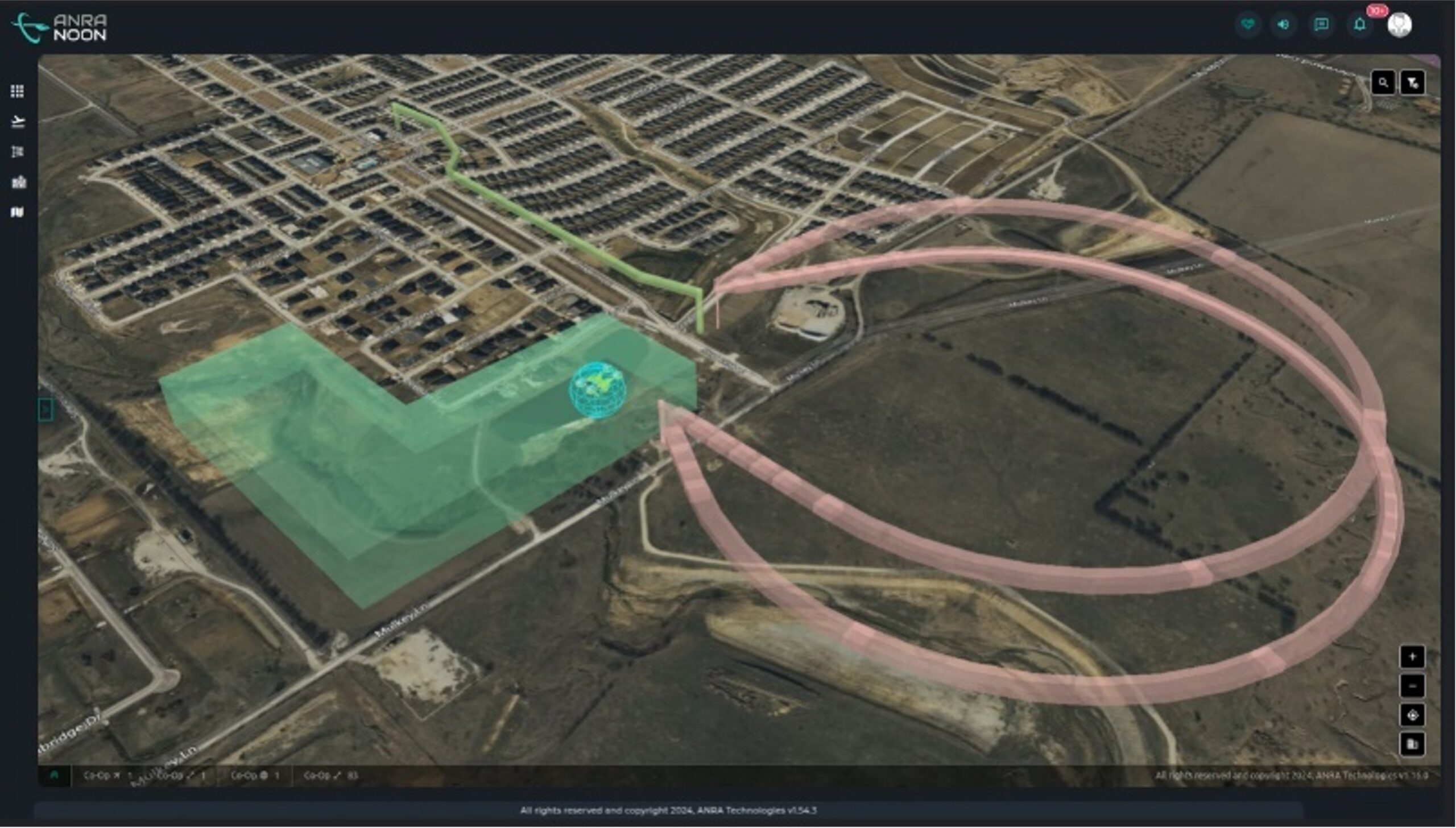
Source: AFRL (2019)
As discussed, DAA provides separation from an aircraft perspective, but the other major safety layer is the use of Automated Data Service Providers (ADSPs), which plays a critical role in the digital infrastructure that enables safe BVLOS operations via UAS Traffic Management (UTM), governed under the new Part 146. These tech companies provide back-end data to BVLOS operators in the form of strategic deconfliction, conformance monitoring, airspace data delivery and conflict alerts — all of which must be interoperable with other ADSPs.
Requirements for ADSPs in Part 146 were also derived from industry standards, such as ASTM Standard for UTM UAS Service Supplier Interoperability, which was later validated in partnership with the FAA through live testing at the UTM Key Site in North Texas beginning in 2023.
Strategic deconfliction is a preflight function that checks a flight plan’s intent against other flight plans in the system to detect conflicts, adjusting the flight plans altitude, routing, or departure times until a conflict-free route is found. Conformance monitoring refers to how the ADSP tracks a UA’s adherence to its planned flight route, notifying other airspace users if the UA deviates from its operational intent, so that the flight coordinator can take action to mitigate potential collision risks. DAA, SUI, and ADSP, when paired with additional elements specific to some OEMs or operators — such as specialized C2 links, ground-based radars, and weather monitoring services — combine to create multilayered safety cases for scaled BVLOS operations under Part 108.
Big Picture: What will Part 108 Mean for the Aviation Industry?
This evolution will mean greater flexibility in how aerial data is collected and delivered. Heavier drones can carry more advanced sensors, closing the gap between manned sensor capabilities, while simultaneously enabling richer datasets and more efficient workflows. While the energy density of today’s batteries remains a limiting factor (still tied to OEM innovation), advancements in energy systems such as gas or hydrogen fuel cells will continue to push the boundaries of what’s possible. In parallel, hybrid drone solutions will gain greater prominence in the industry, combining electric and more traditional hydrocarbon fuel-based propulsion (or hydrogen) to extend flight times and payload capacity. As technology progresses, so will our ability to support larger, more complex projects with fewer operational constraints.
Part 108 presents an opportunity to rethink how projects are surveyed, mapped, and delivered. UAS teams that are already ISO 9001:2015 compliant are well positioned for a smooth transition from Part 107 to Part 108. These teams will have an additional leg-up if they have already adopted formal training programs, risk assessments, and operational procedures. As Part 108 moves toward finalization, heralding a new age in UAS efficiency, it is crucial to continue monitoring this rulemaking and prepare accordingly for any changes.
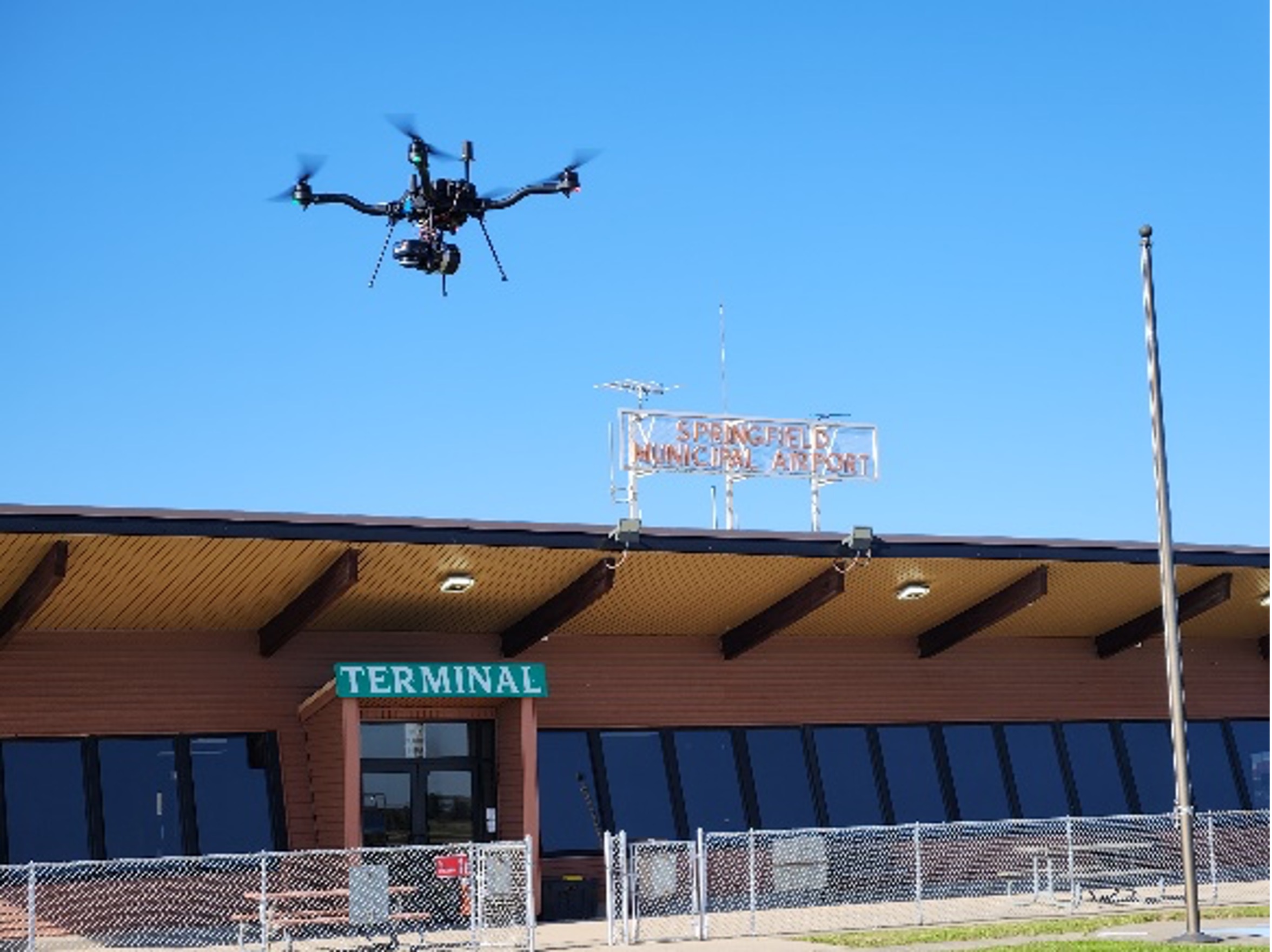
Source: Woolpert (2025)
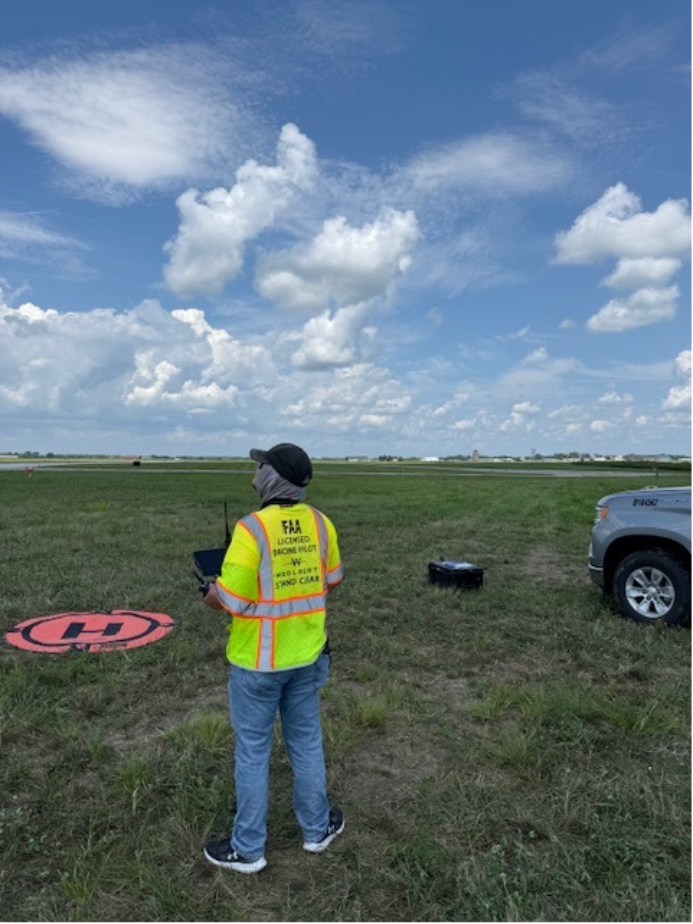
Source: Woolpert (2024)
